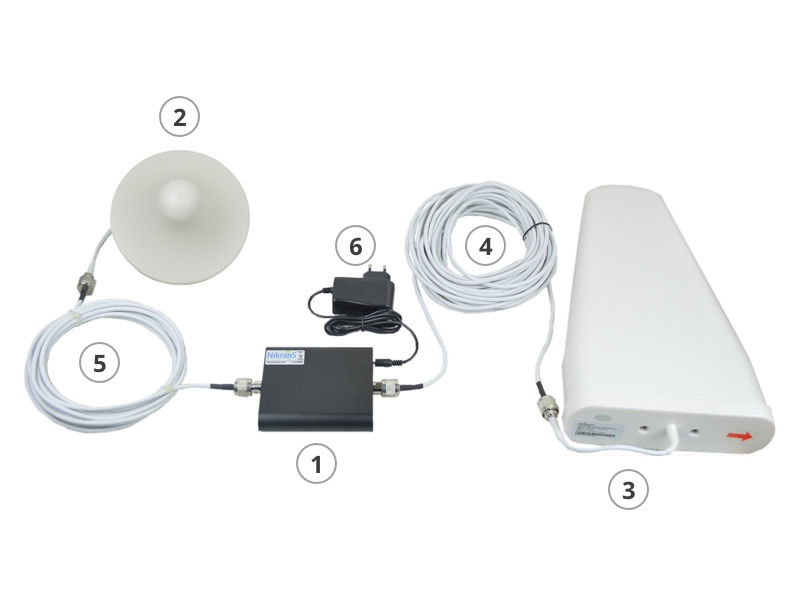In this digital age, a strong and stable signal is crucial for seamless connectivity, whether you’re at home or in the office. Weak signals can lead to dropped calls, slow internet speeds, and frustration. To ensure you have the best signal possible, it’s essential to choose the right signal booster. In this guide, we’ll explore the key factors to consider when selecting the best signal booster for your home and office needs.
Assess Your Signal Strength
Before diving into the world of signal boosters, it’s essential to know your current signal strength. You can use your smartphone to check the signal bars or DBM (decibel mill watts) reading. The closer your dBm reading is to 0, the stronger the signal. If you’re struggling with a weak signal, a booster can significantly improve your connectivity.
Determine the Frequency Bands
Signal boosters operate on different frequency bands, such as 3G, 4G, and 5G. It’s crucial to choose a booster that is compatible with your carrier’s frequency bands. Check with your carrier to identify which frequency bands they use in your area. A multi-band signal booster is a versatile choice if you’re uncertain or have multiple carriers in your household or office.
Coverage Area
Consider the area you need to cover with your signal booster. Signal boosters come in various sizes, with different coverage capacities. Measure the square footage of the area you want to improve signal strength in and choose a booster that can adequately cover that space. It’s better to select a booster with slightly more coverage than you need to ensure consistent signal throughout the area.
Antenna Types
Signal boosters typically have two antennas: an outdoor antenna and an indoor antenna. The outdoor antenna captures the existing weak signal and sends it to the booster, while the indoor antenna broadcasts the boosted signal within your home or office. There are various antenna types, such as omni-directional and yagi antennas. The choice depends on your specific needs and the strength of the outdoor signal.
Signal Booster Types
There are two primary types of signal boosters: cradle boosters and multi-user boosters.
Cradle Boosters: These boosters are designed to boost the signal for a single device at a time. They work well if you need to enhance the signal for a specific phone or data card.
Multi-User Boosters: These boosters are more powerful and can boost signals for multiple devices simultaneously. They are ideal for homes and offices with multiple users and devices.
Installation and Setup
Consider the ease of installation and setup when choosing a signal booster. Some boosters require professional installation, while others are designed for simple DIY setup. Ensure that you follow the manufacturer’s instructions carefully to maximize the booster’s effectiveness.
Budget
Signal boosters come in various price ranges. It’s essential to set a budget that aligns with your needs and expectations. While cheaper options exist, investing in a quality signal booster can provide better long-term results and reliability.
Warranty and Customer Support
Finally, check the warranty and customer support provided by the manufacturer. A reliable warranty ensures that you have recourse in case of any issues with your signal booster. Good customer support can be invaluable if you encounter any setup or performance problems.
In conclusion, selecting the best signal booster for your home and office requires careful consideration of your current signal strength, frequency bands, coverage area, antenna types, booster type, installation process, budget, and manufacturer support. By taking these factors into account, you can enjoy strong and reliable connectivity, ensuring that you stay connected at all times.




